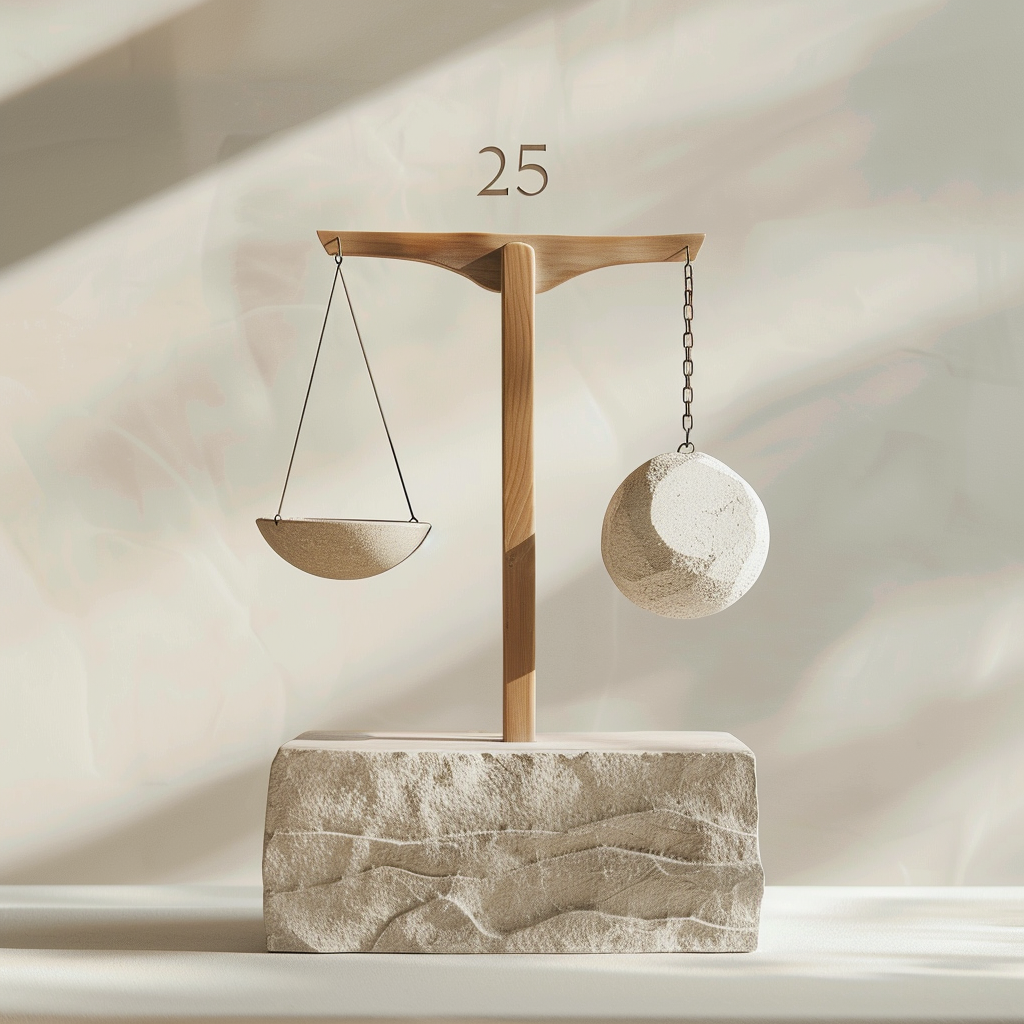
Image © Jose & MidJourney
I had a meeting with a group of friends on how to make an idea we have come to fruition, and we had a couple of invited guests to helps us think it through. One of them is my good friend Jesper Andersen who is an international management expert, with many startups and company turnarounds under his belt, I love his perspective because he is critical, clear, and candid (if you get my drift…).
We got into a conversation about MVP (Minimum Viable Product) and MLP (Minimum Loveable Product). This is something I actually wrote while doing research for my PhD, it is one of the core beliefs I think designers tend to clash with other areas. There is a gap between what designers and others believe to be the concept of ‘good enough’ (not perfection). The term Minimum Viable Product is a concept that originated in the lean start-up methodology introduced by Eric Ries in 2011, and it is deeply embedded in the digital train of execution and release, it is described as a version of the product (by then using product as a digital output, not as industrial designers called it before) that allows a team to collect the maximum amount of learning from users with the least effort, above all it is expected to perform and much of the discussion centers around notions of ‘good enough’, “And let’s be honest, how appealing is an MVP? Well, what can you say about it. It’s alive. It works. Of course it works, we’re a tech company. But does it move you? Do you really want to have it? To work with it? Meh” (Kniberg, H., 2016). Intuit’s founder Scott Cook came out with the definition of a Minimum Awesome Product and some later coined it later a Minimum Lovable Product, one which not only performs but engages and retains the user via emotions and unwavering preference, thus requiring a lot more attention to detail and to quality. Underlying the notion of MVP is what the Facebook founder Mark Zuckerberg called “move fast and break things”, which was intended to inform internal design and management on the culture he was creating, as well as a notion that more is always better, of quantity. And though many have stated the time for this type of approach is over, many corporations still live and die by this culture. And designers are built to deliver MLP’s much more than MVP’s, that need the right exposure to users at the right time to avoid that the only person in love with the design, is the designer.
But my friend stated that the MLP is the land of scope creep, where folks tend to add one more feature, one more attribute that might make users love the product and the experience, making the MVP more expensive, more complex. He rightly said that minimum is fairly easy, viable too, both is really hard, and I agree. After all, no designer likes scope creep, it is their worse nightmare. And as we know, a product that tries to do everything, what I typically call a Swiss army knife, is usually bad at everything, it’s only a great tool if don’t have anything else. And since we should try and do the least amount of MVP’s (they are a crucial path 2 cash, but you can break you if don’t play your cards right), then it boils down to 1) what is the idea/ concept you are trying to validate, 2) what are minimum critical elements you need to prototype, 3) what is the best way (cheaper and faster some would say) to test the viability of it in the market. In short, what is your version of ‘good enough’.
I ended up spending some time in my head figuring this out, while thinking of analogies that might help define this while keeping an eye on the prize, and the concept of love at first sight came to mind, how we may fall in love with something, someone, that might be full of imperfections and malfunctions, but for some reason strike a chord and allow us to turn a blind eye to all that and just go with it (retention is a different conversation…). That moment, that experience that resonates with you in ways that so many times are personal and contextual, is a magic thing. Chasing it can become the ‘holy grail’, and therefore aiming for what is possible, for what is good enough will always be the challenge.